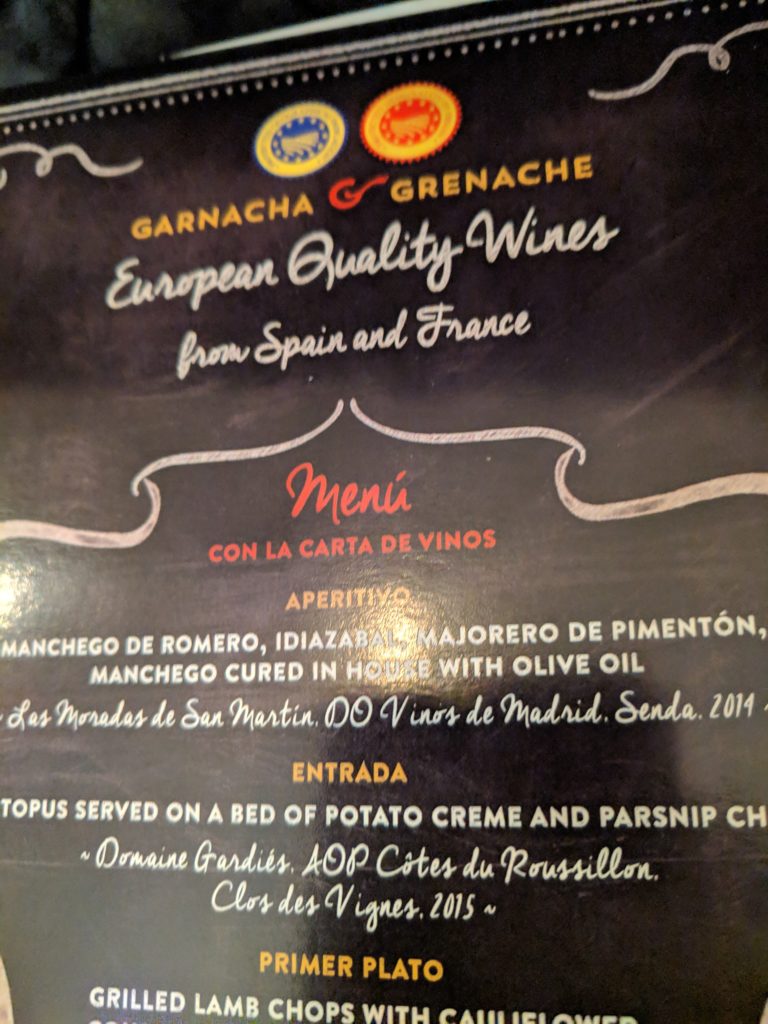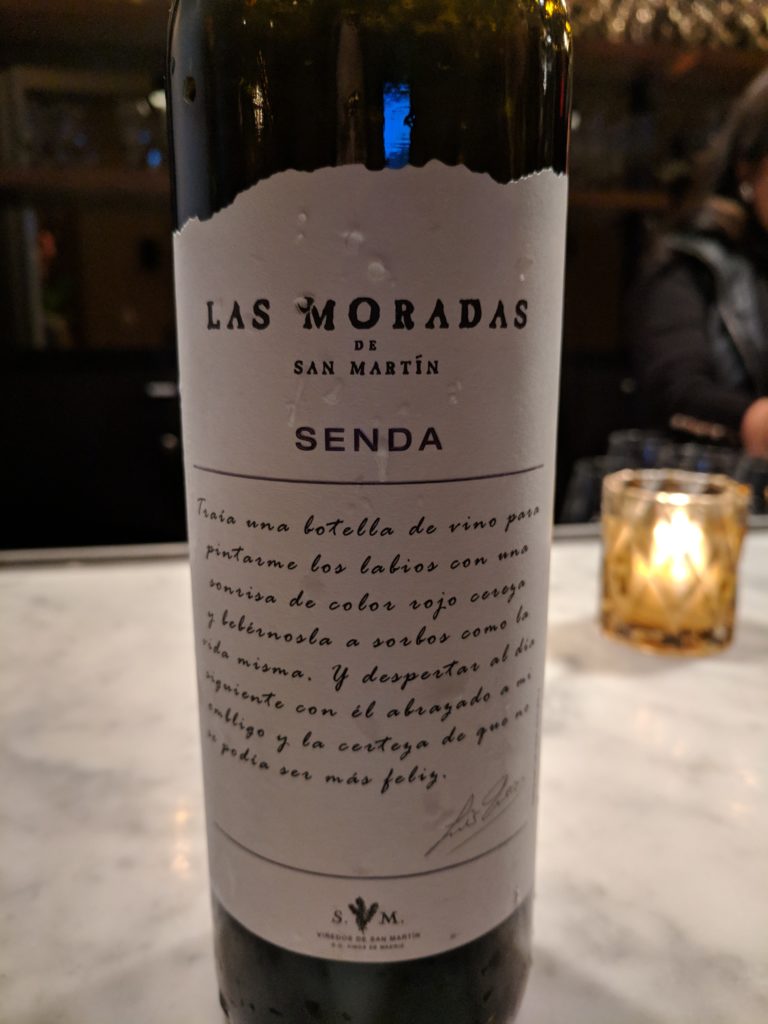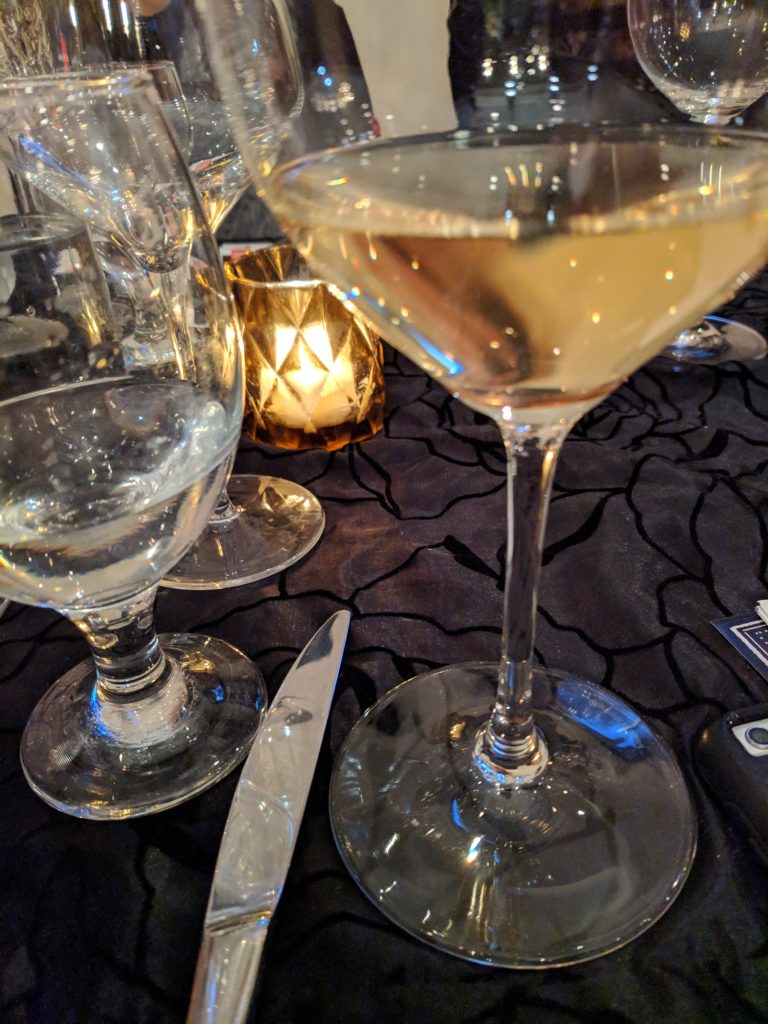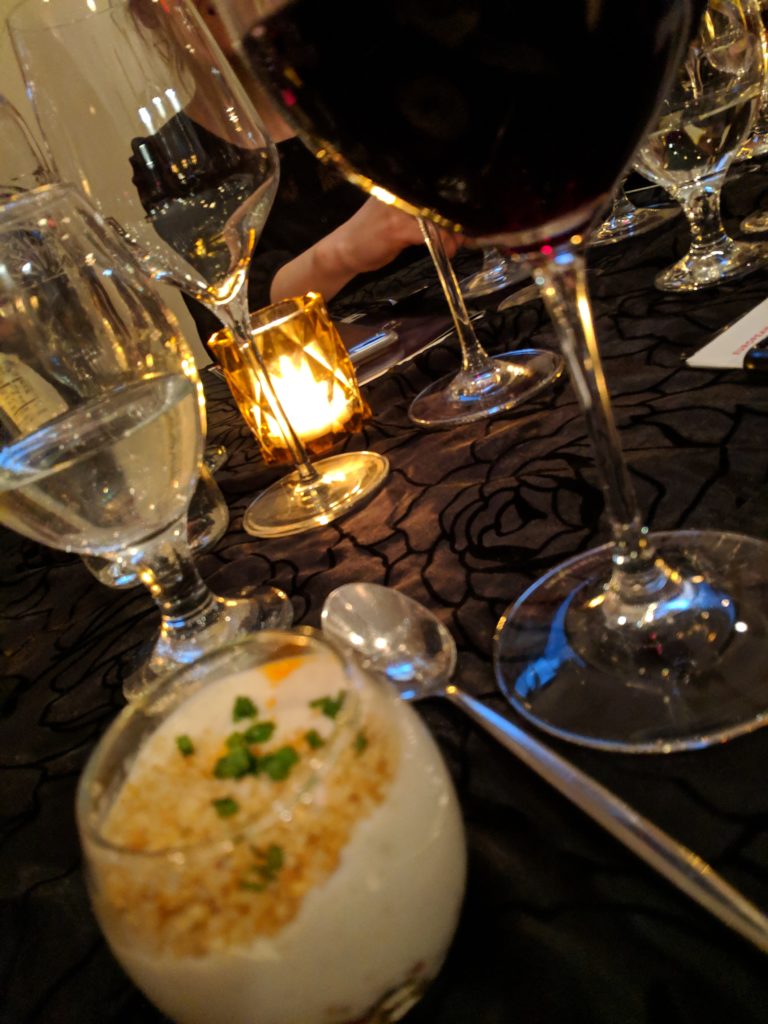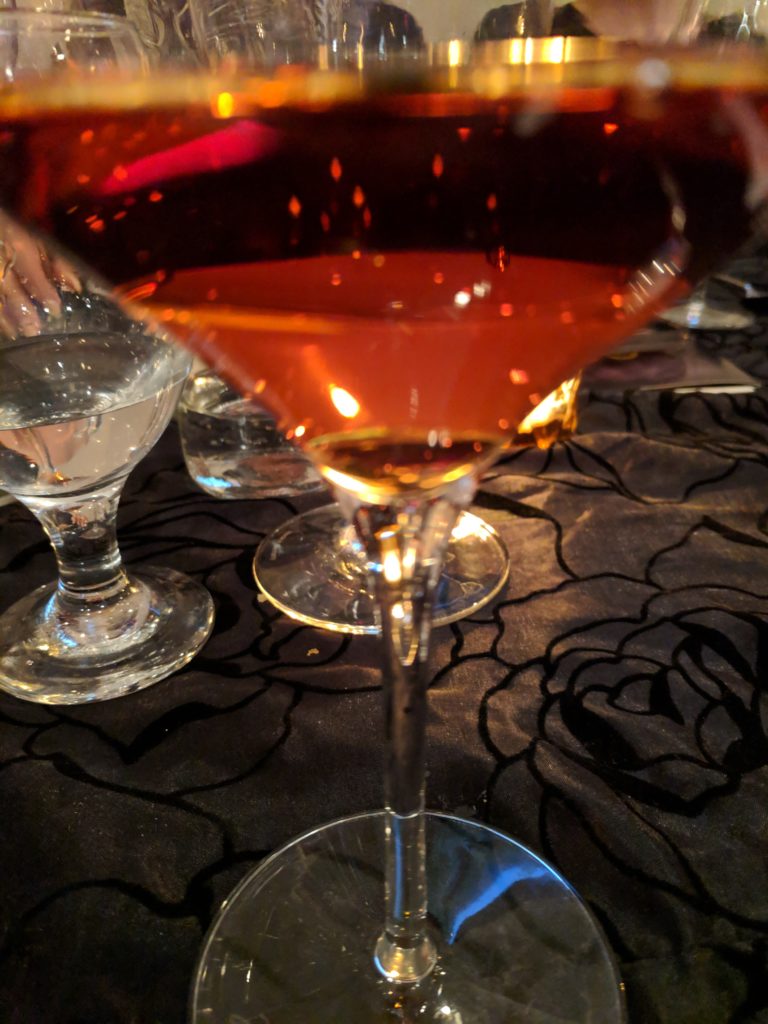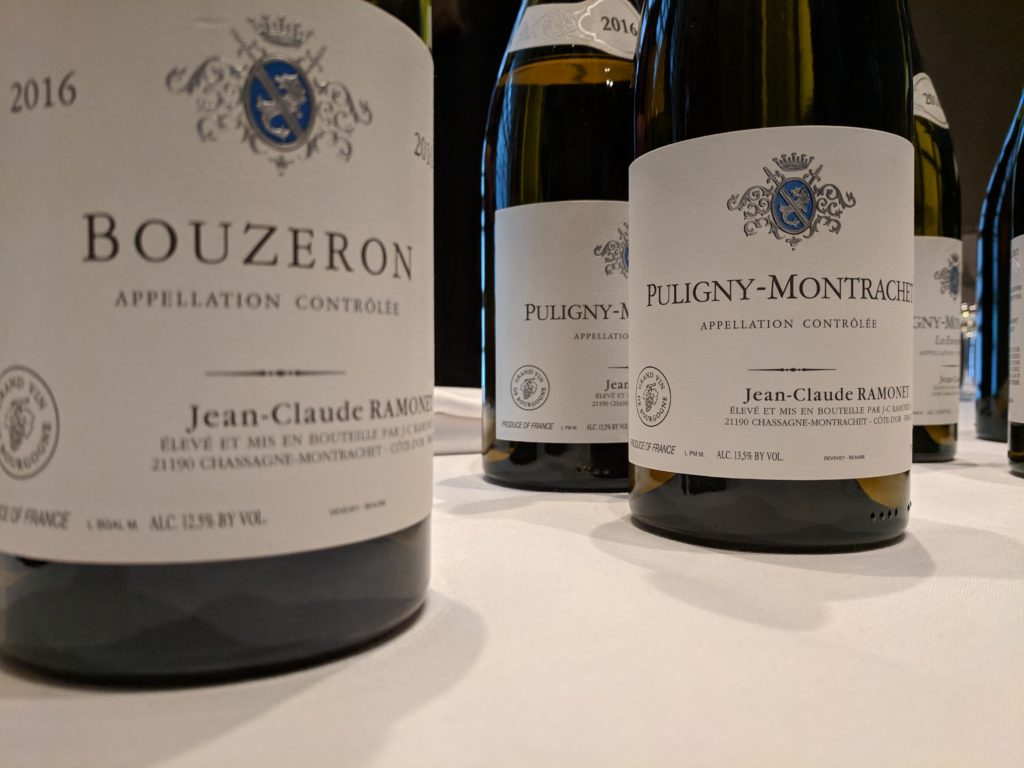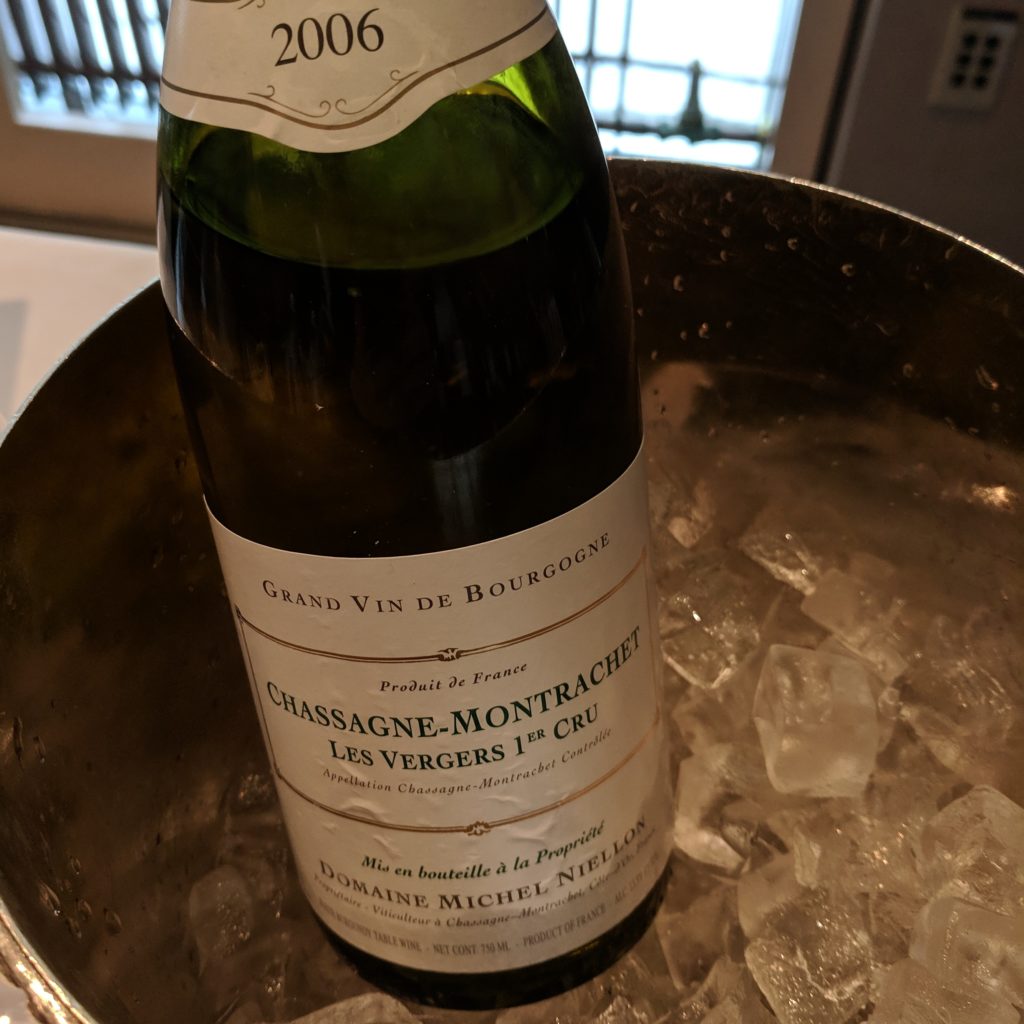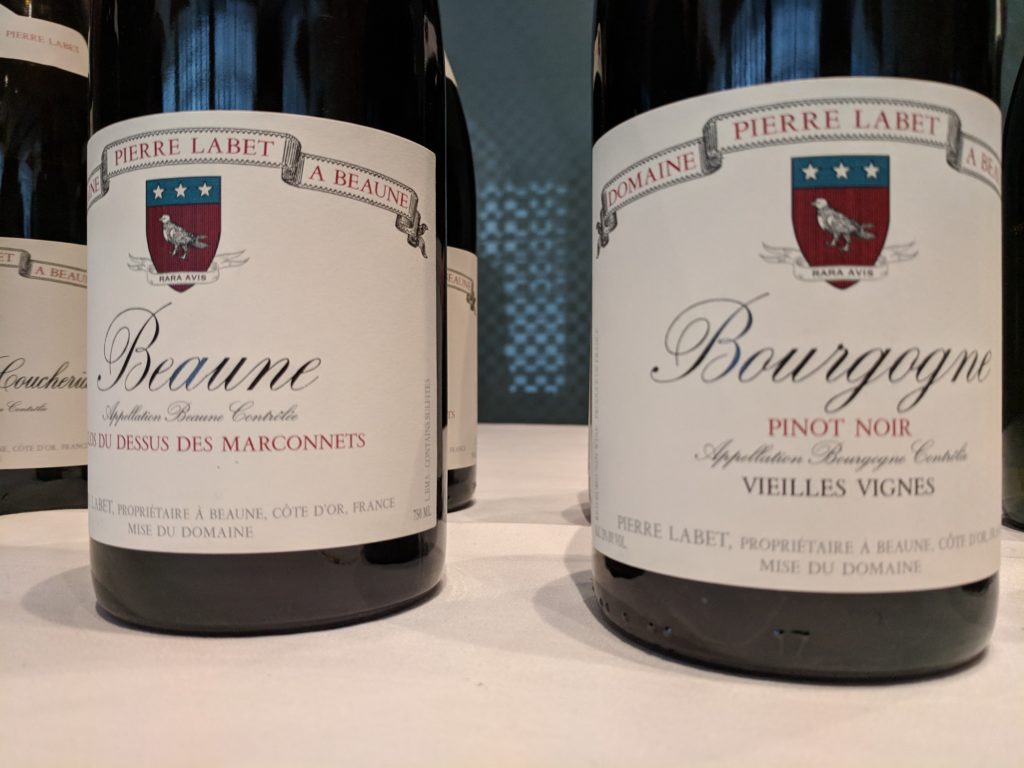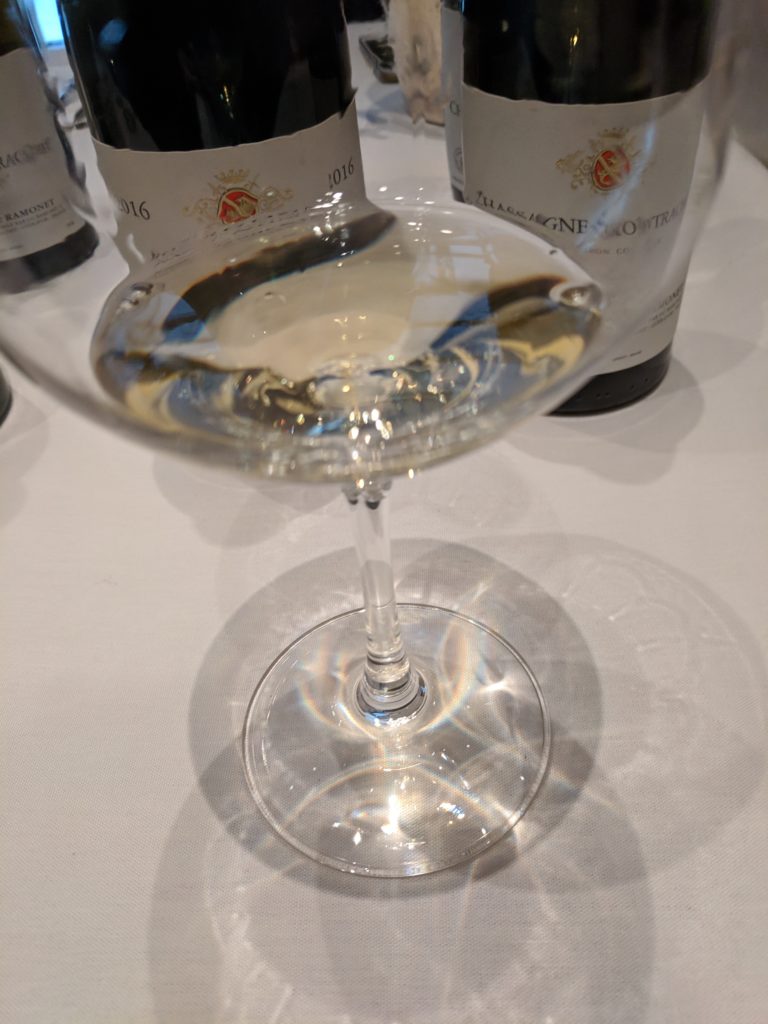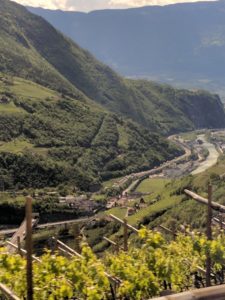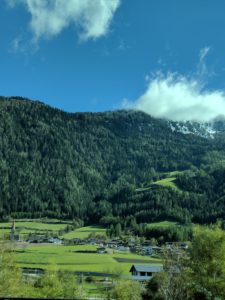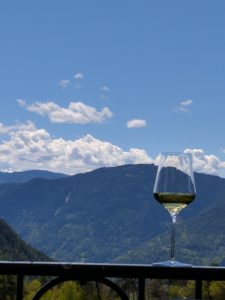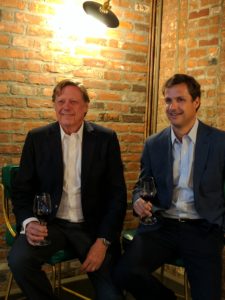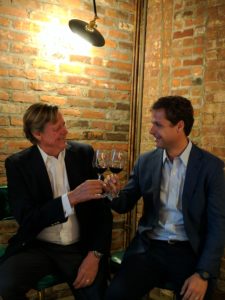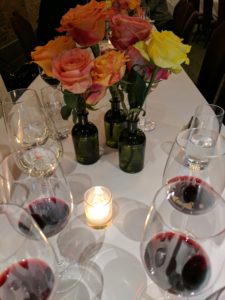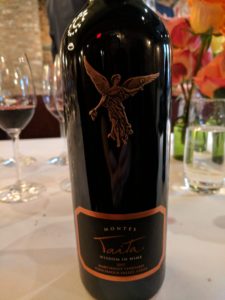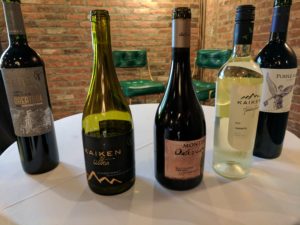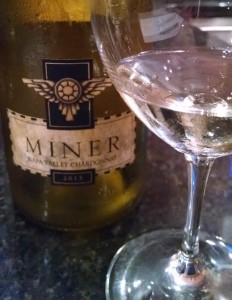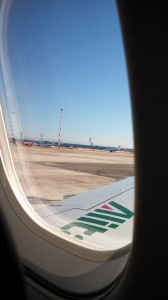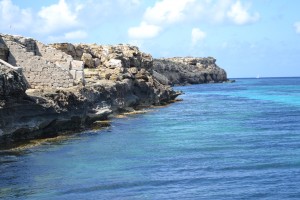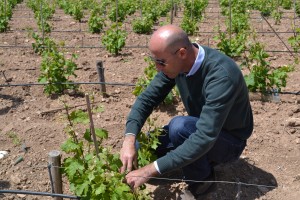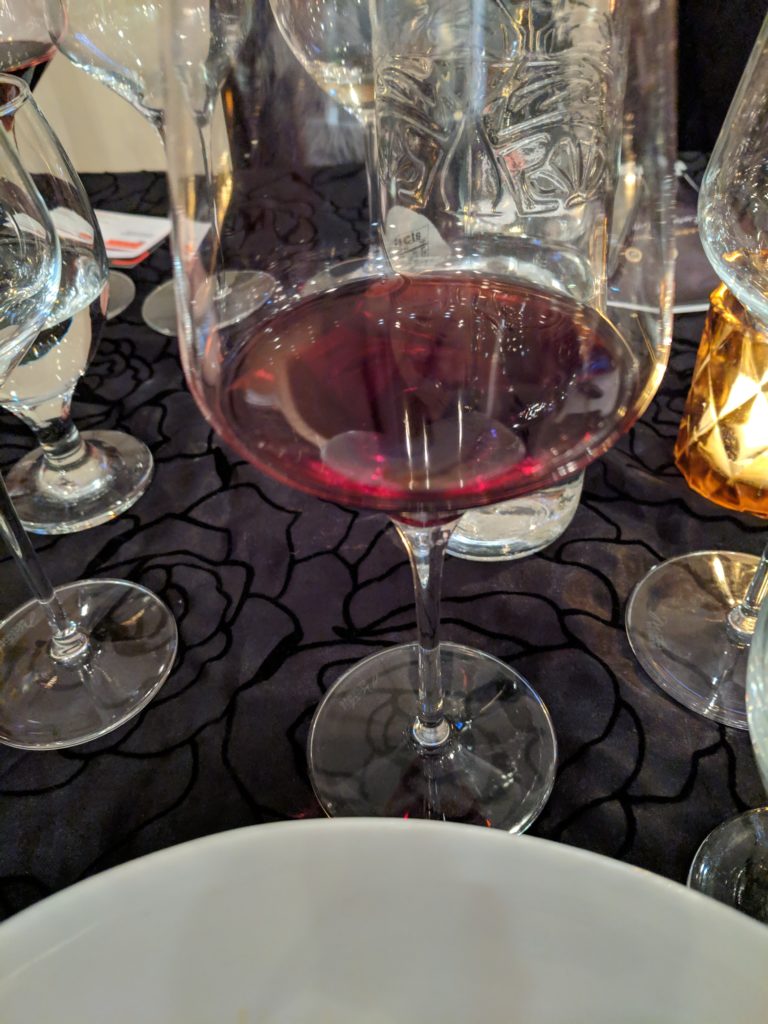
Whether you call it Garnacha or Grenache, this great grape is finally getting the recognition it deserves! Last week, in a very special campaign – the first time that two countries are collaborating in the promotion of wine – a unique dinner featuring the wines of Grenache & Garnacha was held at La Nacional Restaurant. The restaurant is operated under the auspices of the Spanish Benevolent Society, first established in 1868 to “promote, encourage and spread the spirit of fraternity and solidarity among Spanish and Hispanic-American residents of this country.”
Although the society’s role has morphed over the years as the Spanish immigrant population has declined, it still exists in the promotion of Spanish culture. To this end, most recently, they have taken back its space to launch a public restaurant, bringing top chefs from Spain to create authentic Spanish meals. And, it was the perfect setting in which to enjoy these wonderful wines.
Among the oldest grape varieties in the world, Grenache (aka Garnacha) is the second most planted red variety in the world. Within the Garnacha grape family, there are actually four different grapes: red, grey, white and velvet. First grown in the Spanish Kingdom of Aragon, Garnacha thrives in the hot and dry climate, suitable for dry farming. Given its ability to do so well in harsh conditions – it is wind resistant, drought resistant, disease resistent and does well in acidic soils – Garnacha has been hailed as one of the most eco-friendly grapes in the world. Interestingly, with the grape’s sensitivity to soil types, it is often referred to as the Pinot Noir of Spain.
Today, 97% of Garnacha vines are found in just two countries: France and Spain. Between the two countries, the majority of the vineyards are located within the adjacent areas of Calatyud, Campo de Borja, Carinena, Somontano, Terra Alta and Roussillon. Yet despite the relatively compact area, the grapes produce a wide range of styles, showcasing the diversity of the variety. In this regard, Grenache produces: sparkling and still wines; light-bodied and full-bodied whites; roses; light-bodied and full-bodied reds; and fortified sweet wines. Additionally, today, many old vines still exist, creating rich, concentrated wines. Moreover, the focus has shifted away from the use of small, new oak barrels to older and larger oak vessels that impart less overt oak flavor and aromas to the resulting wines.
Over the course of our dinner, we had the great opportunity to sample delicious food paired with five beautifully made Garnacha and Grenache wines, illustrating their pleasure-inducing and food-friendly nature.
TASTING NOTES
Las Moradas de San Martin, Senda 2014, Vinos de Madrid, Spain, $14.00
Under the direction of a female winemaker, Las Moradas de San Martin is working toward receiving organic viticulture status and is home to 190 year old vines. This wine is 100% red Garnacha, with notes of cherry, plum, spice, a slight tannic grip, long length and a slight oxidative note.
Paired with a selection of Spanish cheeses.
Domaine Gardies, Clos des Vignes 2015, Cotes du Roussillon, France, $33.00
This 5th generation family estate boasts old vines, including the 75 year old vines grown on chalky soils that produced this wine. It is a blend of 60% white Grenache, 35% grey Grenache and 5% Macabeu and Roussanne, vinified in and then aged in large, old, wood vessels for one year before release. Beautifully complex with aromas of floral, acacia, anisette, fennel, wood and a hint of oxidation, along with medium+ acidity, medium+ body, flavors of citrus, stone in finish, culminating in long length. Ageworthy.
Paired with Octopus.
Bodegas San Valero Particular Old Vine 2015 Carinena, Spain, $15.00
Bodeas San Valero is a co-op, which is starting to do some single vineyard wines. The grapes for this wine were grown at 650 meters in altitude, in limestone and chalky soils, that are very stony. These rocks hold heat at night, helping to aid in the vine’s ripening.
An intense nose of red fruit, on the palate the wine offers up spice, slight tannic grip, ripe red fruit, wild berries, with long length. 100% Garnacha; aged three months in oak.
Paired with Grilled Lamb Chops – a very traditional pairing.
Bodegas Paniza (highest village in the appellation) Vinas Viejas de Paniza Garnarcha 2016, Carinena, Spain, $12.00
Produced from 100% Garnacha, on slate soils and grey schist at a high altitude, this wine spends six months in oak. It is very fresh, with herbal aromas and flavors, dark red and black fruit, good acidity, medium tannins and long length.
Paired with Chorizo and Bechamel Croquettes.
Les Vignerons de Constance & Terrassous Hors d’Age 12 Ans, Rivesaltes Ambre, Roussillon, France, $30.00
A fortified dessert wine produced from 40-year-old, white Grenache vines, this wine has a slight oxidative note, with rich and complex flavors of apricot, caramel and spice, joined with good acidity, structure and long length.
Paired with Chocolate Mousse and Blood Orange Gelato.

